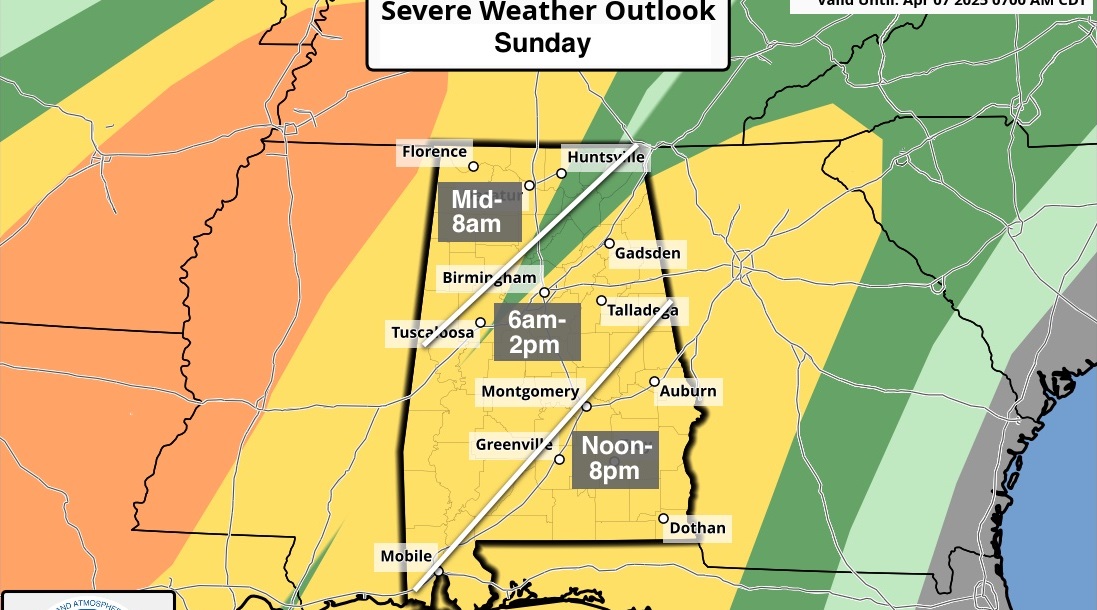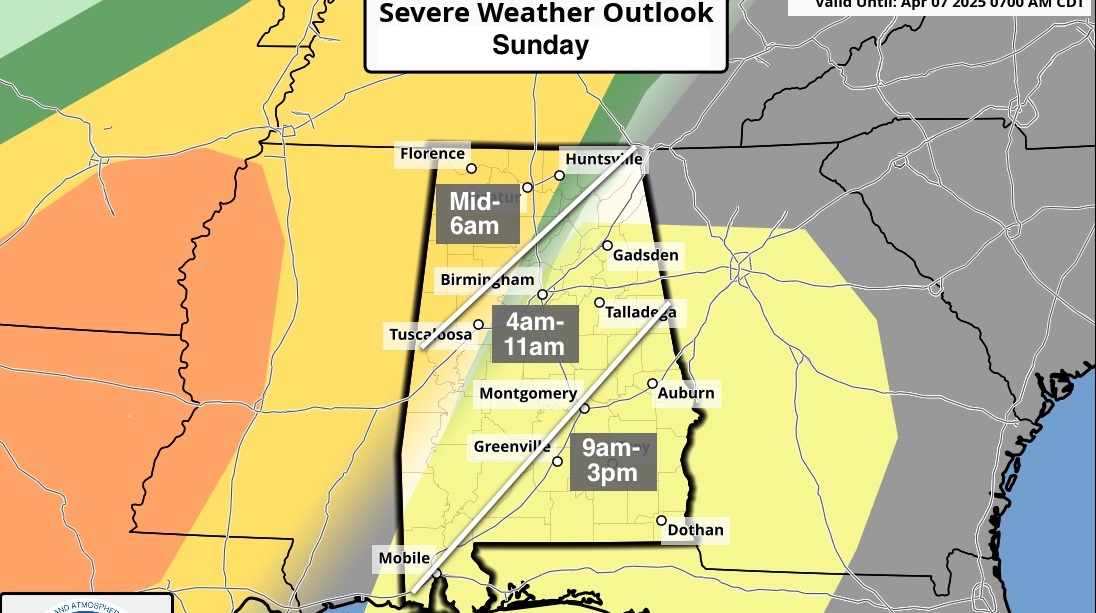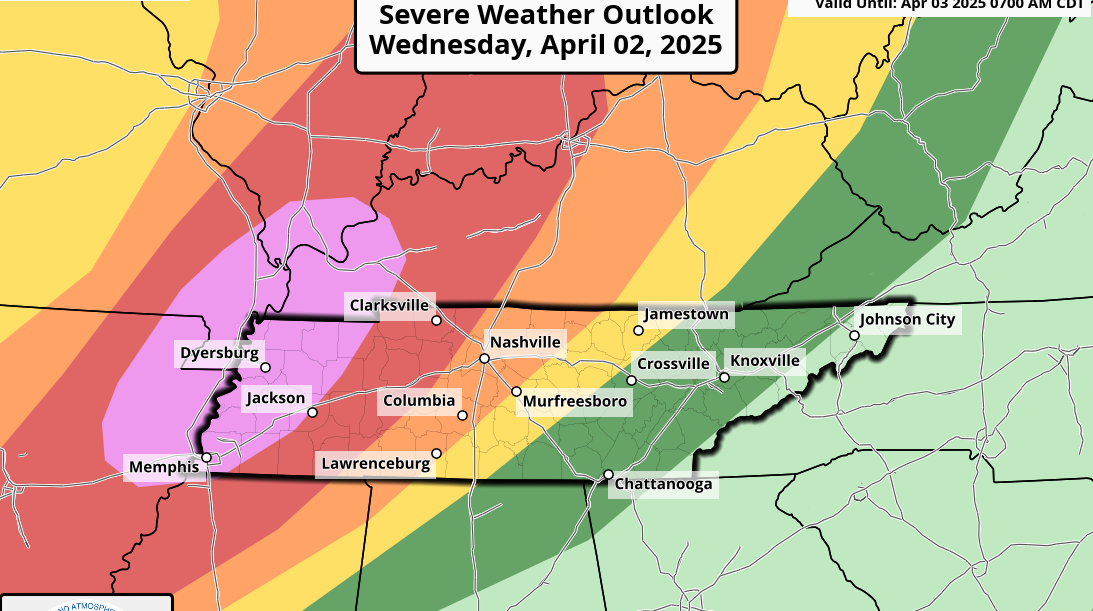After two weeks of restoration work following the landfall of Hurricane Michael, most of Alabama Power’s employees are on the way home.
“Some of them were released on Wednesday, and the majority of the rest started home Thursday morning. The remaining Alabama Power employees are continuing to provide logistical support to Gulf Power,” said Alabama Power Storm Center coordinator Chuck Coleman. “Now we’re working on who we are sending to help with the next phase of recovery.”
Drone footage shows Hurricane Michael destruction, massive effort to restore electricity from Alabama NewsCenter on Vimeo.
More than 1,200 Alabama Power employees and contractors have been at work since just after the storm passed through the Wiregrass. They started work in Alabama, moved east to assist in Georgia, then wrapped up their deployment helping Gulf Power in the hardest-hit parts of Florida.
In the next few days, another wave of workers will head south to help. Now that most of the main distribution infrastructure is back up, there is a need for smaller crews to set meters and re-establish service for homes that needed to make repairs before connecting to the grid.
“We’ll be sending those service trucks down there, depending on the need. We’re going to be flexible,” Coleman said.

Hurricane Michael left a path of destruction that requires much hard work from Alabama Power and other utility companies providing assistance. (John Paul Jones)

Devastation is being met by the enduring spirit of those working to make repairs after Hurricane Michael. (Allen Whisenant / Alabama NewsCenter)

Alabama Power crews assisted in their own state, Georgia and Florida following the destruction of Hurricane Michael. (Leslie Eiland / Alabama NewsCenter)

Alabama Power crews assist with repairs in Leary, Georgia, following Hurricane Michael. (M. Walker Hutchens / Alabama NewsCenter)

Devastation is being met by the enduring spirit of those working to make repairs after Hurricane Michael. (Allen Whisenant / Alabama NewsCenter)

Devastation is being met by the enduring spirit of those working to make repairs after Hurricane Michael. (Matthew Uhrig / Alabama NewsCenter)

Georgia Power and Alabama Power are among the companies assisting sister company Gulf Power in Florida. (M. Walker Hutchens / Alabama NewsCenter)

Alabama Power has assisted Georgia and Florida with restorations following the destruction of Hurricane Michael. (K.A. Bridges / Alabama NewsCenter)

Power trucks need fuel to continue pushing with assistance in parts of Florida damaged by Hurricane Michael. (Alabama NewsCenter)

Devastation is being met by the enduring spirit of those working to make repairs after Hurricane Michael. (Allen Whisenant / Alabama NewsCenter)

Alabama Power crews work in Albany, Georgia to repair damage caused by Hurricane Michael. (B. Thomas / Alabama NewsCenter)

Devastation is being met by the enduring spirit of those working to make repairs after Hurricane Michael. (Allen Whisenant / Alabama NewsCenter)

Hurricane Michael left a path of destruction that required much hard work from Alabama Power. (John Paul Jones)

A sign of appreciation for Alabama Power crews working to repair damage after Hurricane Michael. (Leslie Eiland)

Alabama Power has assisted Georgia and Florida with restorations following the destruction of Hurricane Michael. (K.A. Bridges / Alabama NewsCenter)

An Alabama Power line crew works to make repairs after Hurricane Michael. (Allen Whisenant / Alabama NewsCenter)

Alabama Power crews work to repair damaged infrastructure following Hurricane Michael. (Rhonda Walters / Alabama NewsCenter)

Devastation is being met by the enduring spirit of those working to make repairs after Hurricane Michael. (Matthew Uhrig / Alabama NewsCenter)

Devastation is being met by the enduring spirit of those working to make repairs after Hurricane Michael. (Allen Whisenant / Alabama NewsCenter)

Alabama Power crews work in Albany, Georgia to repair damage caused by Hurricane Michael. (B. Thomas / Alabama NewsCenter)

Alabama Power crews have assisted in their own state, Georgia and Florida following the destruction of Hurricane Michael. (Leslie Eiland / Alabama NewsCenter)

Devastation is being met by the enduring spirit of those working to make repairs after Hurricane Michael. (Allen Whisenant)

Devastation is being met by the enduring spirit of those working to make repairs after Hurricane Michael. (Matthew Uhrig / Alabama NewsCenter)

Power trucks need fuel to continue pushing with assistance in parts of Florida damaged by Hurricane Michael. (Alabama NewsCenter)

Devastation is being met by the enduring spirit of those working to make repairs after Hurricane Michael. (Allen Whisenant)

An Alabama Power worker surveys the damage caused by Hurricane Michael in Florida. (M. Walker Hutchens)
By the weekend, Alabama Power will be sending more than 30 engineers to assist Gulf Power. They’ll be working with the Gulf teams to double-check the infrastructure, and make sure the system meets or exceeds the previous levels of quality and reliability.
“Often, you’ll get a temporary fix just to get power flowing again, because you can come back later and make the permanent repair,” Coleman said. “We’ll be helping evaluate the system post-storm and providing information back to Gulf to help them identify and prioritize those long-term recovery plans.”
































